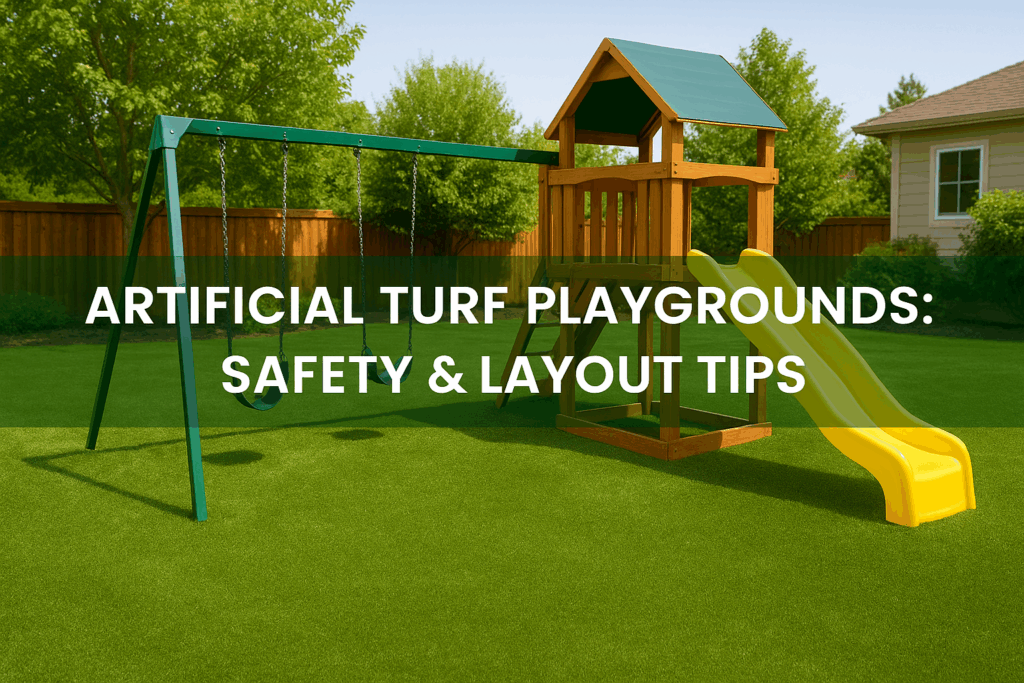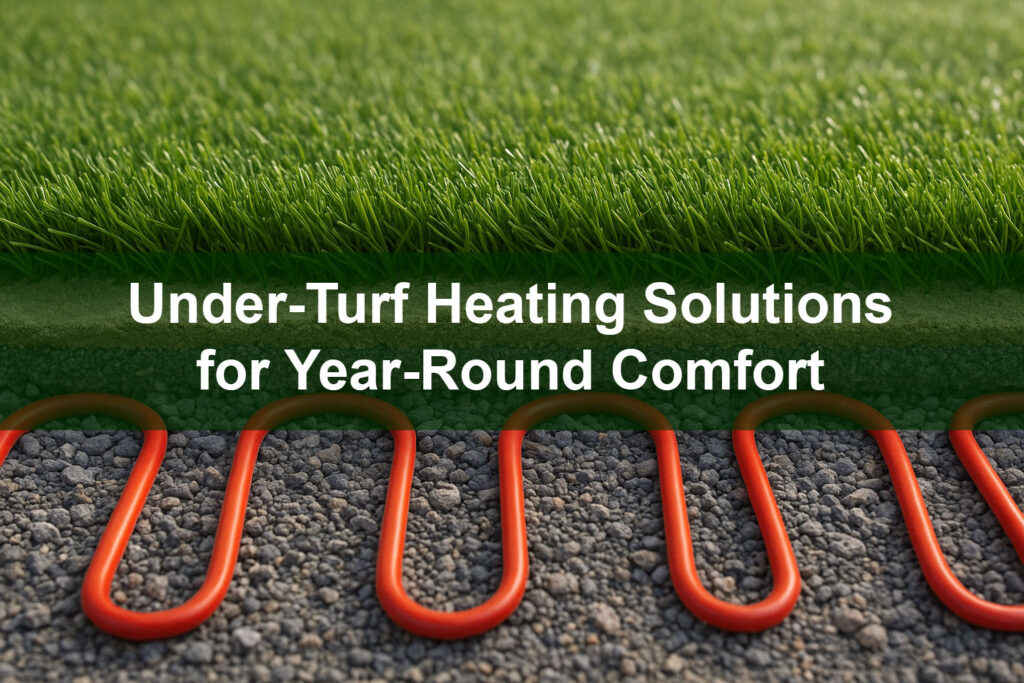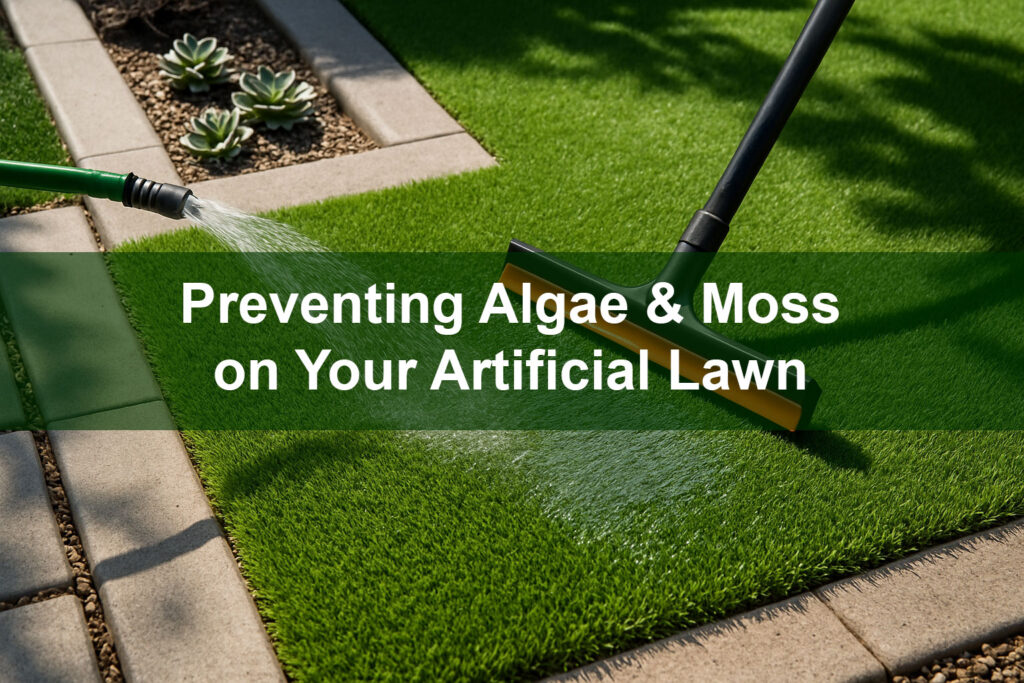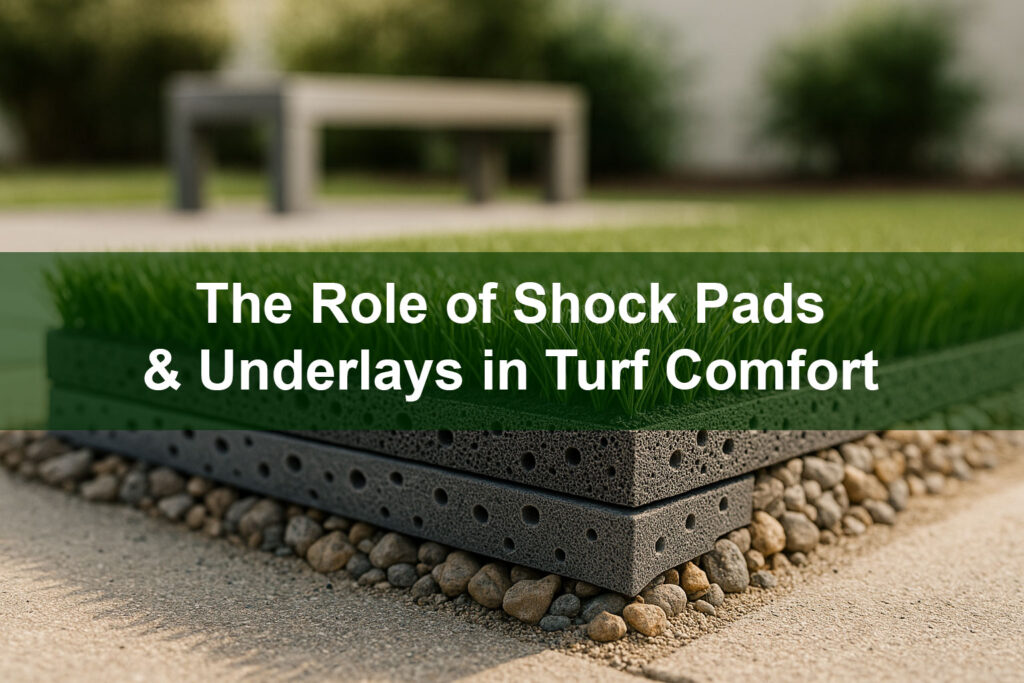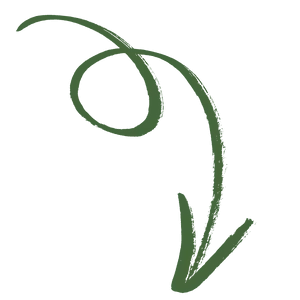Artificial Turf for Home Playgrounds: Safety & Layout Guide
Designing a safe, fun outdoor play area starts with the right surface. Artificial turf offers a soft, durable, and low-maintenance solution for home playgrounds. With proper planning and installation, it provides cushioning, drainage, and aesthetic appeal—without the mud, chemicals, or uneven ground you get with natural grass.
This guide covers essential safety standards, layout planning, and maintenance tips to create a playground that’s both secure and enjoyable for kids of all ages.
What You’ll Learn in This Guide:
- Key safety considerations and impact attenuation
- Choosing appropriate turf products and infill
- Planning layout and fall zones around equipment
- Base preparation and drainage solutions
- Installation best practices and securing edges
- Ongoing inspection, cleaning, and maintenance
1. Understand Safety Standards
Playground surfaces must minimize injury from falls. Artificial turf systems can meet or exceed ASTM F1292 standards when paired with the correct underlayer:
- Head Injury Criterion (HIC): Ensures the surface absorbs impact energy to protect the head.
- Critical Fall Height (CFH): Turf systems should match or exceed the maximum fall height of playground equipment.
- Accessible Surface: Comply with ADA requirements for wheelchair access and stable footing.
2. Select the Right Turf & Infill
Not all turf is created equal. For playgrounds, choose products engineered for impact absorption and UV resistance:
- Pile height: 1.5–2.5 inches provides cushioning and durability.
- UV-stabilized fibers: Resist fading and degradation in sunlight.
- Infill options: Rubber crumb or foam granules improve shock absorption and maintain turf stand.
3. Plan Equipment Layout & Fall Zones
Proper spacing ensures safety and usability. Follow manufacturer guidelines for each play structure:
- Fall zone width: Extend turf at least 6 feet beyond equipment perimeter or as specified.
- Separation: Keep swings, slides, and climbing structures apart to avoid collision risks.
- Clear paths: Design walkways and seating areas for supervision without disrupting turf continuity.
4. Prepare a Stable, Drainage-Friendly Base
Excavate at least 4–6 inches of soil. Install a compacted aggregate base topped with a permeable shock pad or geotextile underlay. Ensure a slight slope (1–2%) to direct rainwater to drains or perimeter channels and prevent standing water.
5. Installation & Securing Edges
- Seam alignment: Lay turf blades in the same direction and use quality seam tape with recommended adhesive.
- Edge restraint: Secure perimeter with galvanized pins, adhesive strips, or landscape edging to prevent uplift.
- Infill application: Spread infill evenly and brush turf to allow granules to settle, ensuring consistent cushioning.
6. Ongoing Inspection & Maintenance
- Weekly checks: Remove debris, inspect seams, and test infill depth.
- Monthly brushing: Use a stiff broom to lift fibers and redistribute infill.
- Annual deep clean: Rinse turf with water and apply a child-safe cleaner to remove contaminants.
Maintain a log of inspections and swiftly address issues like loose seams or drainage blockages to ensure safe play conditions.
Create a Safe Play Space Today
Contact Buy-Grass for playground turf recommendations and expert installation services.

